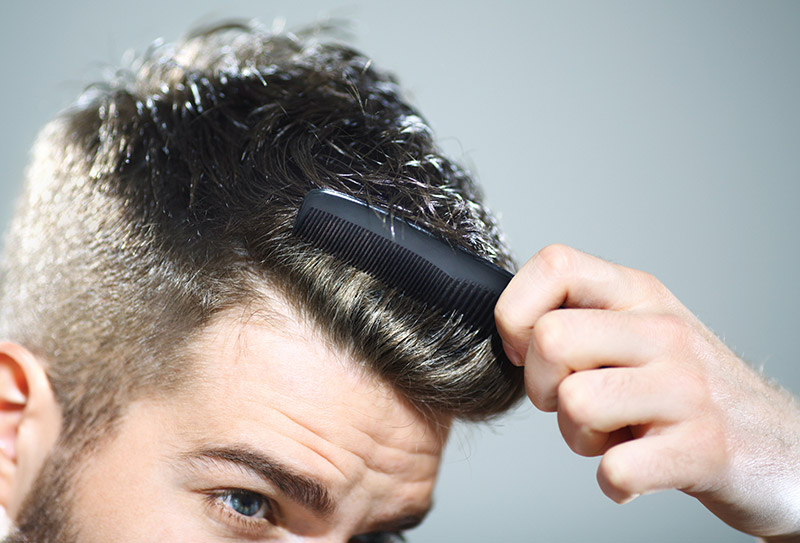Recovery from hair restoration
Manhattan hair restoration clients do not generally experience any discomfort. Hair transplantation is considered one of the most gentle and non-invasive outpatient procedures. After surgery, do not wash your hair for at least 24-48 hours, as this may damage the new follicles. It’s also a good idea to avoid excess exposure to the sun, and to keep rigorous exercise at a minimum for the first week or two of recovery. To minimize the risk of infection or irritation, take care not to pick at the healing scalp.
Clients can expect to see significant new hair growth at around 10-14 weeks. Occasionally multiple transplant sessions are needed to achieve the look you want, based upon the degree of your hair loss, and the restoration needed. We provide our patients with detailed aftercare instructions to speed healing, and help your new hair follicles to start producing hair.
If you should need any assistance or have questions during the weeks following your hair transplant, do not hesitate to contact Dr. Kwak at his Manhattan office directly.
hair restoration in new york
Dr. Edward Kwak is double board-certified for facial plastic and reconstructive surgery, and in head and neck surgery. He is renowned for his precision and accuracy, and is a true artist in performing delicate procedures. Our patients are extremely satisfied with Dr. Kwak’s natural-looking results and appreciate the use of the most advanced technology and surgical techniques in hair restoration. He and his staff provide warm, caring patient care and always focus on patient health, safety, comfort – and achieving the results his patients want.
Dr. Kwak is a recognized authority in his field, and is regularly called upon as a lecturer, and to contribute to scholarly books and articles in his field. He educates other professionals, serving as an assistant professor at the Icahn School of Medicine, where he trains facial surgeons at The New York Eye and Ear Infirmary. Finally, Dr. Kwak also gives back to his community by working closely with Faces of Honor, an organization that gives provides medical services to injured veterans, sponsored by the American Academy of Facial Plastic and Reconstructive Surgery. If you would like to explore options for some of the best hair restoration NYC has to offer, schedule a consultation with our office to create a treatment plan.
![Hair Transplant NYC]()
















